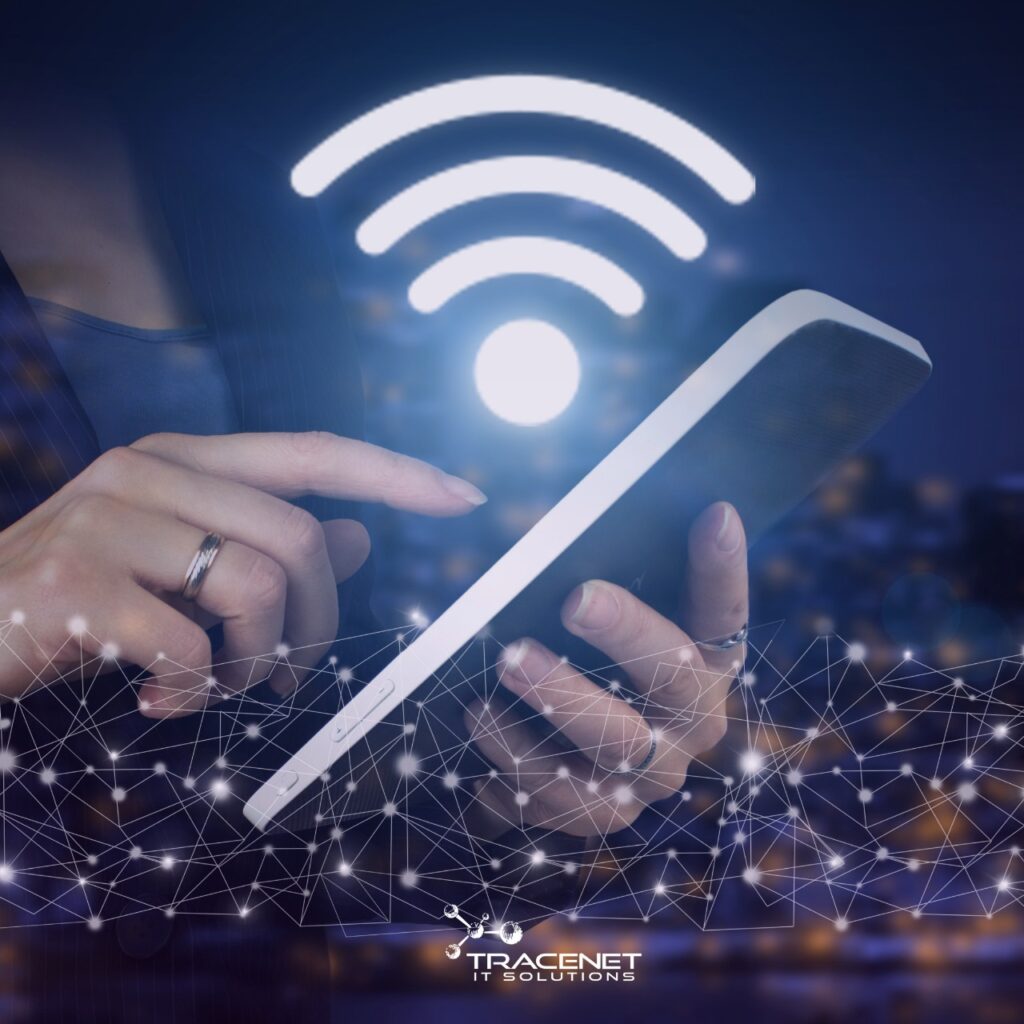Because of the increase in the number of remote jobs and the increased need to be connected at all times, several cyber criminals have discovered ways to steal data from public WiFi users while also carrying out dangerous scams that damage computers, devices, and delete relevant information.
However, some precautions can be taken to avoid falling into the traps of these same thieves. You will need to be aware of some security precautions, whether in the tools used to browse the internet or on the device itself, to accomplish this. This post will provide some information about these risks and how to avoid them.
What is phishing?
Phishing is a type of cyber attack in which criminals attempt to deceive victims into disclosing sensitive information such as passwords, credit card numbers, and bank account information. The scam is usually carried out using bogus email messages, fake websites, or text messages.
Most thieves produce a phishing message that appears to be from a specific business or company, presenting authentic information from banks, social networks, or government authorities. Messages are frequently accompanied by links to bogus websites that impersonate legitimate websites.
Types of phishing
São muitos os tipos de phishing existentes. Dentre eles, temos:
- Phishing by e-mail: cybercriminals send bogus email messages with malicious links or attachments in an attempt to persuade their victims to click on the links or download infected files;
- Phishing through a fake website: fake websites are designed to look like authentic websites in order to deceive people into entering personal information such as passwords or credit card details;
- Spear phishing: the communications delivered to targets are tailored and are intended for company personnel requesting access to sensitive data; 4. Vishing: criminals use spoken phone conversations to deceive victims into providing personal or financial information over the phone;
- SMS phishing: in an attempt to fool victims, SMS messages are sent to targets that contain malicious links;
- Pharming: criminals redirect a specific victim’s internet traffic to a bogus website even if the user enters the correct website URL.
Why is phishing so dangerous?
Phishing is problematic for various reasons. The most serious of which is that it poses a huge threat to corporate cybersecurity and privacy. Overall, the following are the key reasons to pay attention to it:
- Theft of sensitive data: one of the primary goals of phishing is to gain confidential information, such as passwords, banking information, and credit card numbers. Attackers who gain access to this type of information can exploit it to commit fraud and identity theft;
- Damage to reputation: businesses can be victims of these types of scams as well, and if consumer data is stolen, it can result in reputational harm, loss of confidence, and litigation;
- Financial losses: phishing victims may suffer large financial losses as a result of theft of funds from bank accounts and unauthorized transactions on their credit cards;
- Malware Spread: many attacks are carried out as a result of malicious links or attachments that, when opened, might result in the installation of malware on victims’ devices. This can result in more information theft, damage to computer systems and devices, and a threat to network security;
- Targeted attacks: the communications in these attacks are intended for specific targets, where financial services professionals are frequently affected, potentially causing harm to organizations and their clients;
- Spread of misinformation: Cybercriminals can also utilize social engineering to disseminate false information, resulting in social and political consequences.
What are malware?
Malware is any sort of software that is meant to harm computers, mobile devices, or network systems without the user’s knowledge or agreement. They are typically built by hackers and cyber criminals to do harm and steal information.
Why be careful with public WiFi networks?
Public WiFi networks give various reasons for users to be cautious, particularly when it comes to security and privacy. After all, they are far easier to hack, drawing a slew of fraudsters looking to steal banking and personal information.
Furthermore, certain bogus networks are set up so that naïve users can join to them and have their data stolen. As a result, it is always vital to ask institution owners what the suitable internet connection is in order to avoid large losses.
How to avoid phishing and malware attacks on public WiFi?
Because they have greater touch with a huge number of users at once, phishing and malware attacks become considerably more common on public WiFi networks. As a result, you should take some of the steps listed below to avoid them.
Use VPN
When you use a VPN (Virtual Private Network), the internet traffic between your device and the VPN server is encrypted. Making it more difficult for hackers to intercept your data. Remember to use and configure a reliable VPN before connecting to any public network.
Disable file sharing
Remember to turn off file and printer sharing on your device before connecting to a public WiFi network. Other persons connected to the same network will not have direct access to your files this way.
Connect only to known networks
For naïve consumers, public internet networks can be a genuine trap. As a result, it is critical to only connect to known networks with no questionable names. First and foremost, inquire about the official WiFi network at the institution where you are staying.
Use HTTPS connections
To avoid any possible penetration of your device, use HTTPS connections wherever feasible. As they are significantly more secure and feature encryption. To always keep connections secure, utilize browser add ons such as HTTPS Everywhere.
Keep software up to date
Finally, keeping the device’s software up to date is an excellent approach to avoid any invasions and data theft. New operating system versions are in charge of enhancing security and maintaining the stability of all users.
To keep your device and data safe at all times, follow the steps outlined in this article. This will make online browsing significantly safer and less vulnerable to cybercriminals.



